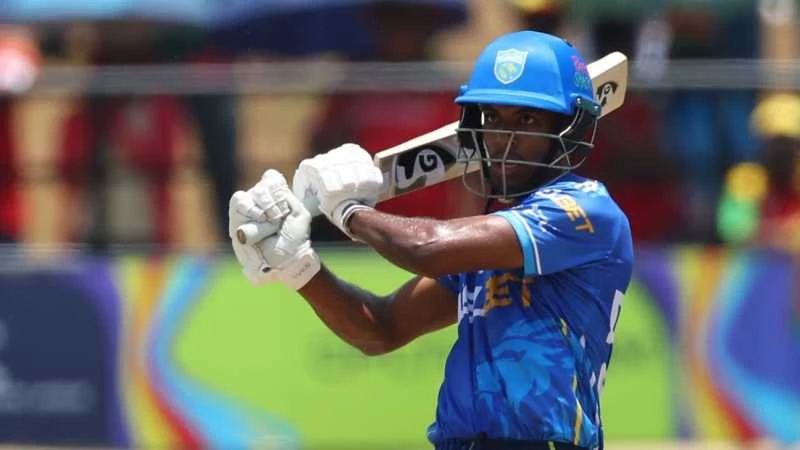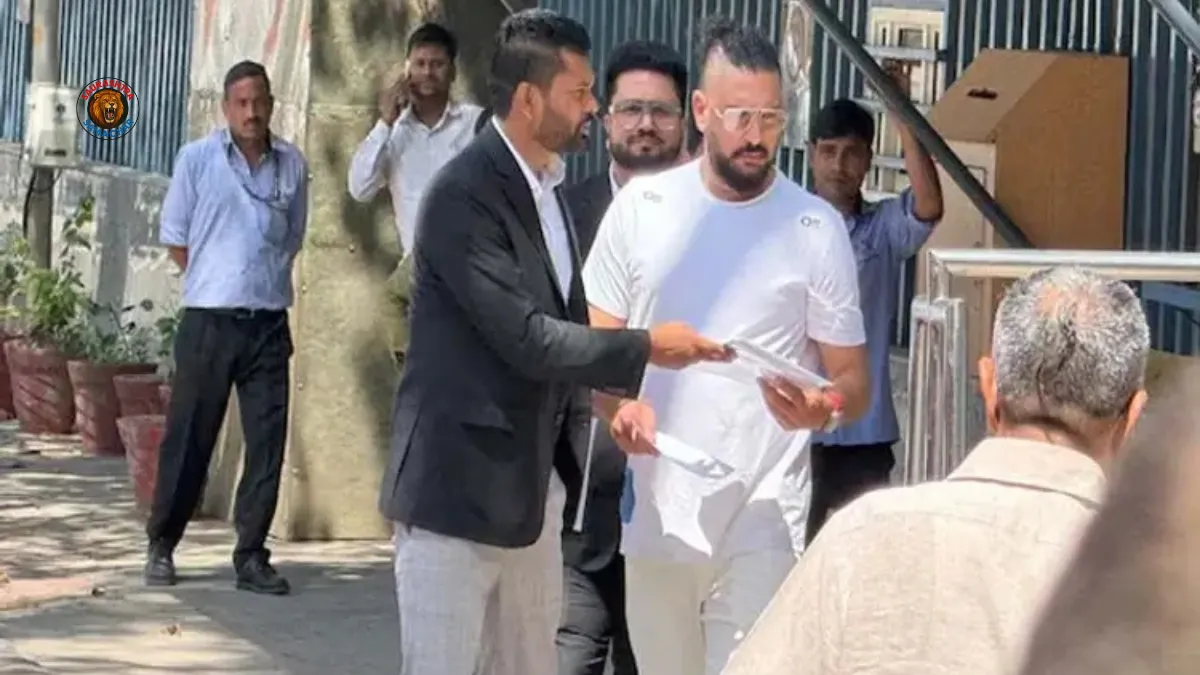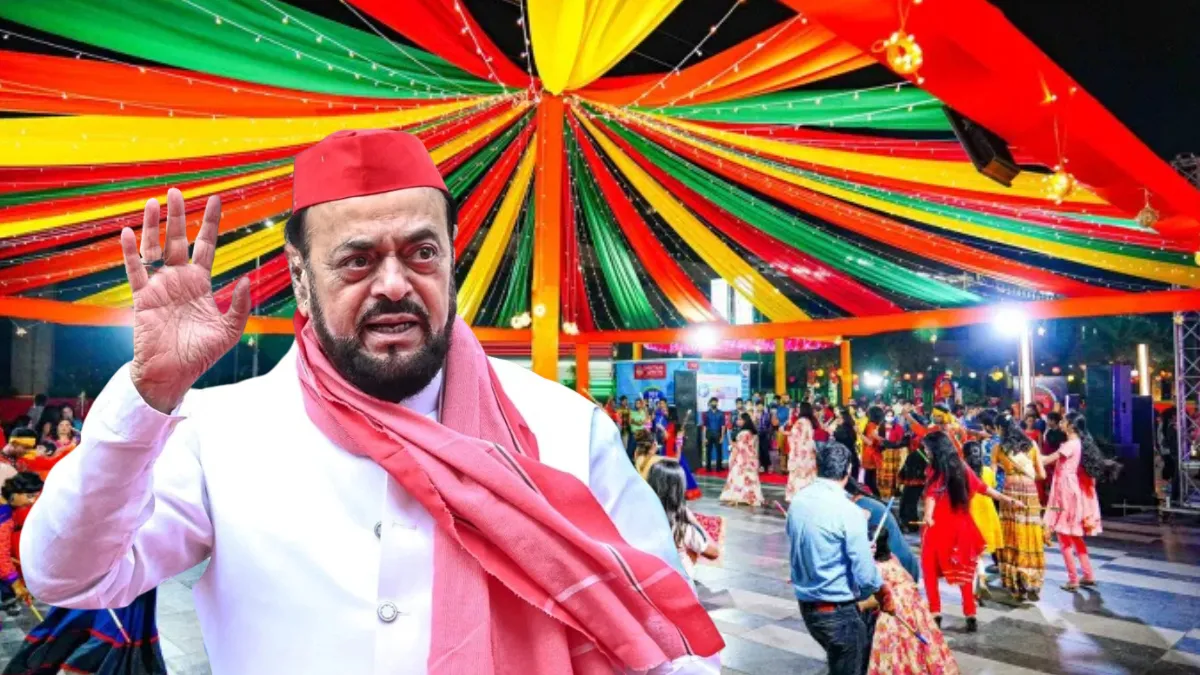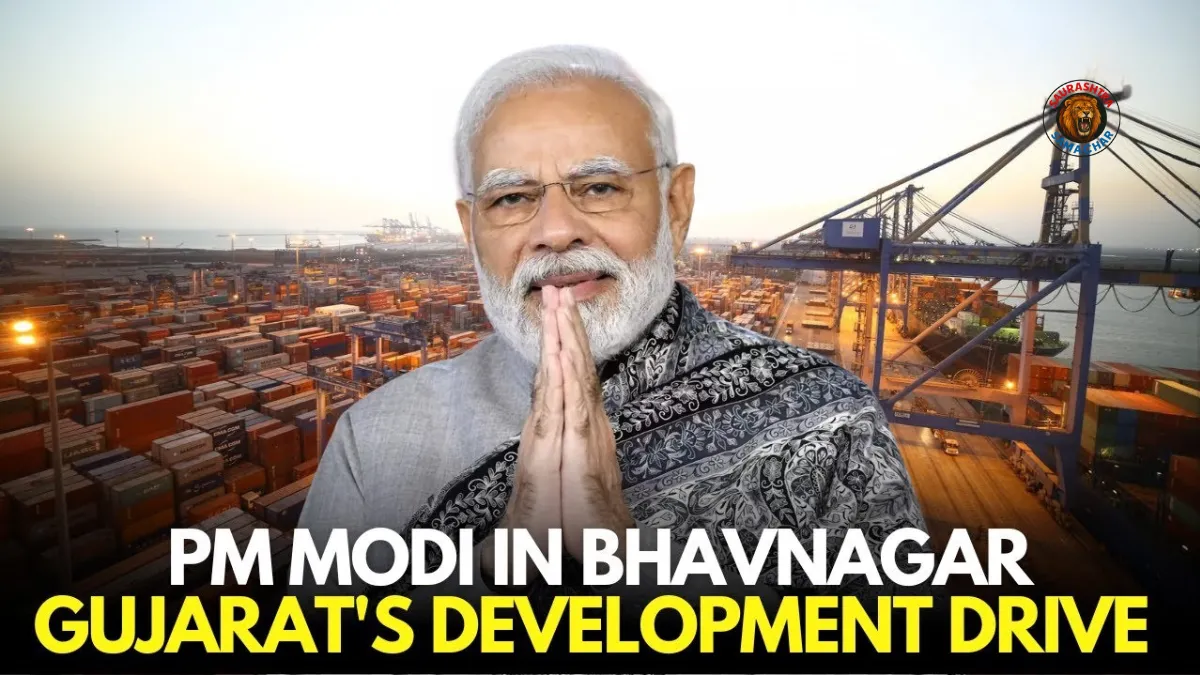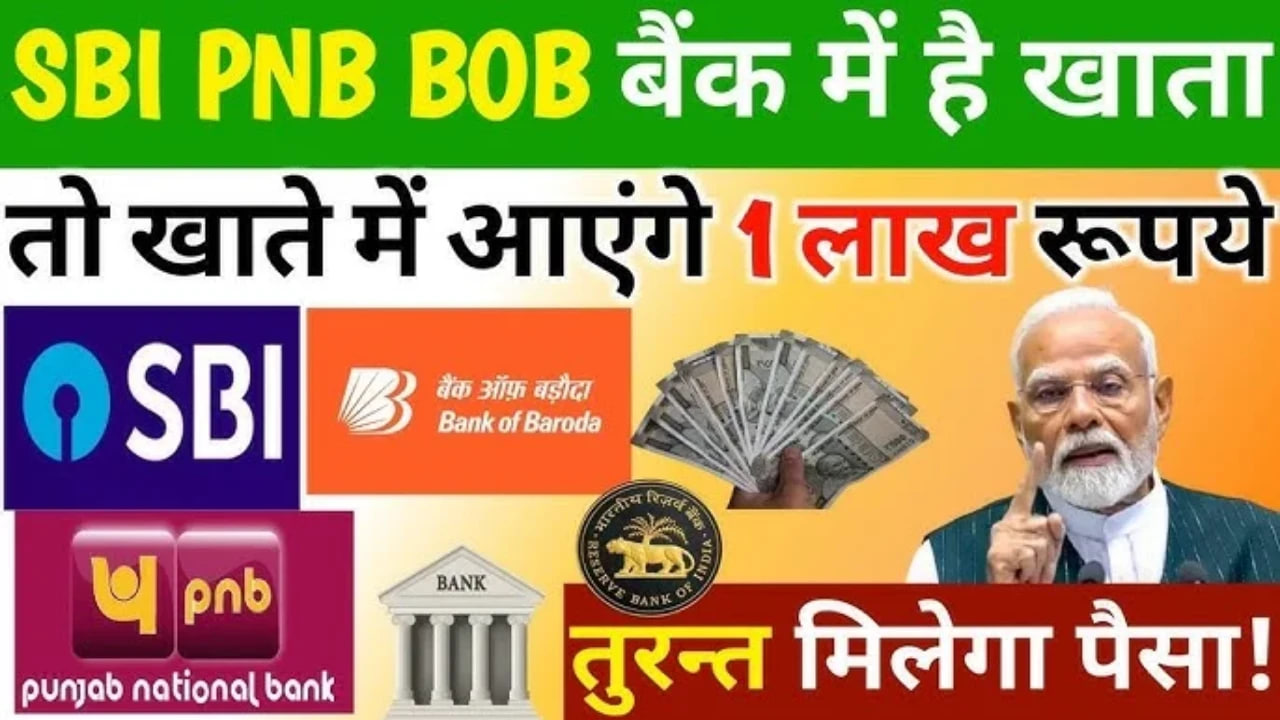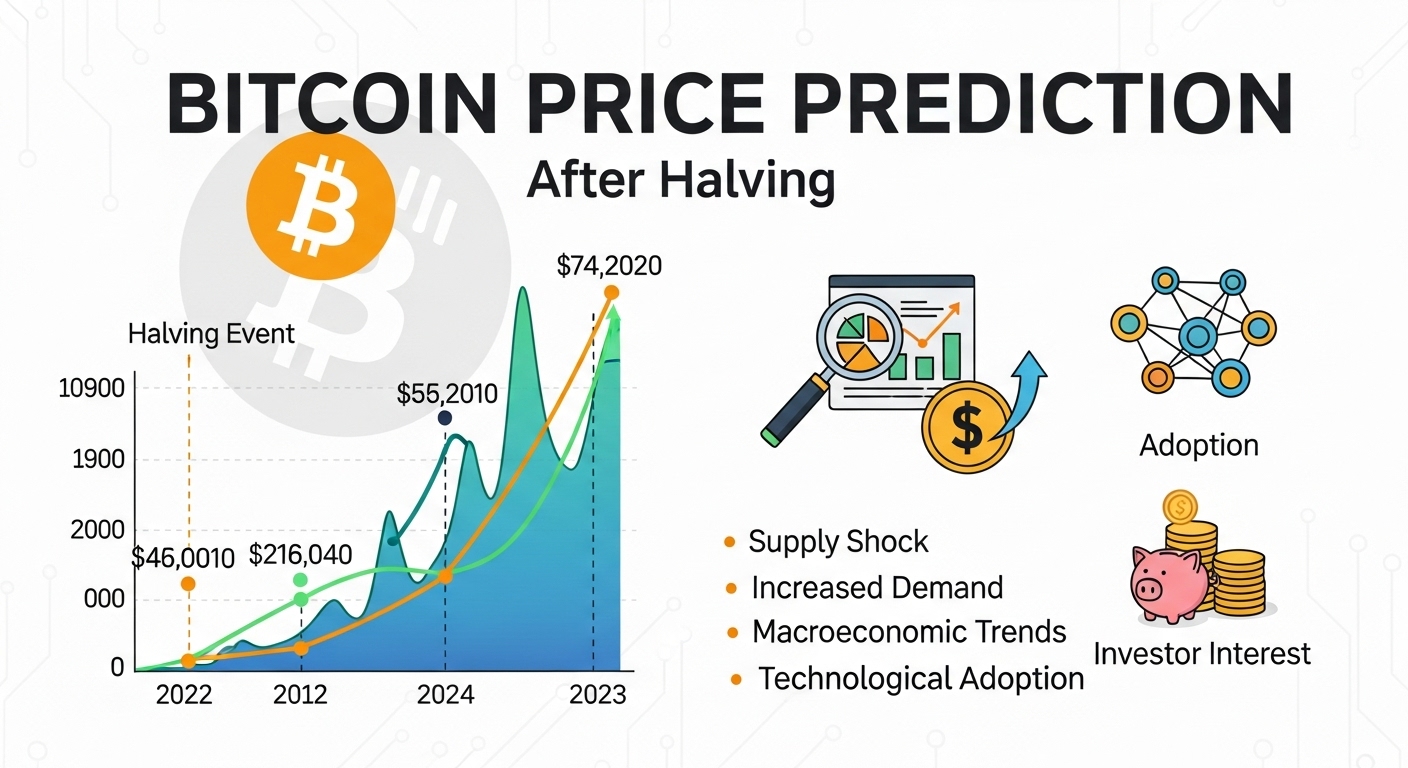Trump and Modi News: Trade negotiations between India and the United States are finally set to resume, signaling a possible breakthrough in bilateral relations. Both President Donald Trump and Prime Minister Narendra Modi recently shared optimistic messages about restarting dialogue on a Free Trade Agreement (FTA), raising hopes for renewed cooperation between the two nations.
The announcement has come at a time when ties between New Delhi and Washington had cooled due to tariffs, disagreements over energy imports from Russia, and conflicting positions on regional security issues. Yet, in a clear indication that both countries are looking forward, the leaders have confirmed that they will speak directly in the coming weeks.
This development has attracted global attention, with experts suggesting that the resumption of India-U.S. trade talks could unlock tremendous opportunities for both economies. For readers following Trump and Modi News, this story marks a turning point in a strained chapter of bilateral relations.
A Positive Exchange Between Trump and Modi
On Tuesday night, President Trump posted on Truth Social that India and the U.S. would soon restart negotiations. “I am pleased to announce that India and U.S. are continuing negotiations to address trade barriers between our two nations,” he wrote.
He further emphasized his close ties with the Indian Prime Minister, stating, “I look forward to speaking with my very good friend, Prime Minister Modi, in the upcoming weeks.” The U.S. leader also promised that the talks would lead to a “successful conclusion” for both sides.
Prime Minister Modi quickly responded by quoting Trump’s post on X (formerly Twitter). He said he was “confident that trade negotiations will pave the way for unlocking the limitless potential of the India-U.S. partnership.” Modi added that teams from both nations were actively working to conclude the discussions at the earliest possible time.
Background of the Trade Dispute
The road to this point has been bumpy. In the past two years, negotiations for a Free Trade Agreement stalled after multiple rounds of discussion. The U.S. demanded greater access to Indian markets, particularly in agriculture and dairy sectors, while India pushed back against what it saw as one-sided proposals.
Tensions worsened when Washington imposed 50% tariffs on Indian exports and an additional 25% penalty tariff linked to India’s purchase of Russian oil. India resisted U.S. pressure, arguing that energy imports from Russia were a sovereign decision made to secure its economic interests.
Another sore point came from differences over the May 10 ceasefire between India and Pakistan. Reports suggested that Trump claimed a role in mediating the ceasefire, while India strongly rejected this, clarifying that no such mediation took place. A June 17 phone call between the two leaders reportedly ended on a tense note, deepening the diplomatic rift.
India’s Outreach to Washington
Despite these challenges, Indian officials have been working quietly behind the scenes to restore dialogue. According to sources, Indian Ambassador Vinay Kwatra engaged extensively with U.S. lawmakers in recent weeks, meeting nearly 30 Representatives and 10 influential Senators. In addition, India hosted visits from American lawmakers, including Brian Fitzpatrick, who had earlier proposed sanctions against India over its ties with Russia.
A particularly significant intervention was India’s outreach to U.S. Secretary of State Marco Rubio in late August. This move, insiders say, helped revive the conversation on restarting FTA negotiations. While the White House reportedly stated that the “ball is in India’s court,” signaling expectations for reduced Russian oil imports, New Delhi has so far resisted any binding commitments.
Oil Imports: A Key Flashpoint
Energy trade has been one of the most contentious aspects of India-U.S. relations in recent years. Despite American sanctions, India continued purchasing oil from Russia, with imports reaching around 2 million barrels per day in August.
However, Indian oil companies have indicated that no new orders were placed for September. According to one senior official, the shipments expected in November are based on orders made before Washington announced additional tariffs. The official stressed that Indian refiners have not received “any official direction” from the government to halt Russian oil imports.
For the U.S., curbing India’s Russian oil dependency remains a top priority, but for India, energy security is equally critical. How both sides address this issue could determine the pace and success of trade negotiations.
The Road Ahead for FTA Talks
While no official date has been set for the next round of talks, government sources in New Delhi insist that they are still “on track to meet the fall deadline” agreed upon earlier this year. The upcoming Modi-Trump phone call is expected to lay the groundwork for fresh discussions and a possible roadmap.
The unresolved points include:
- Greater U.S. access to Indian agriculture and dairy markets.
- Tariff reductions on Indian exports.
- India’s stance on Russian oil imports.
- Broader cooperation in defense, space, and technology.
If both sides can strike a balance, analysts believe the deal could unlock massive growth in bilateral trade, which currently stands at over $190 billion annually.
Possible Trump Visit to Asia
Another interesting aspect is whether President Trump will visit India later this year. Officials say there is still no clarity, but his planned trip to South Korea for the Asia Pacific Economic Cooperation (APEC) Forum on October 31–November 1 could turn into a broader Asia tour. If that happens, India might well be on his itinerary.
Such a visit could send a strong signal of renewed strategic and economic cooperation between the two nations. It would also likely coincide with discussions under the Quad grouping, where India and the U.S. collaborate with Japan and Australia on Indo-Pacific security.
Also read: SCO Summit 2025 Updates: India’s Diplomatic Win as Member States Condemn Pahalgam Terror Attack
Expert Views on the Breakthrough
Industry bodies and experts have welcomed the news of resumed talks. Speaking at a Federation of Indian Chambers of Commerce & Industry (FICCI) event, Commerce and Industry Minister Piyush Goyal stressed that “no business partnership or friendship can be one-sided.” His comments underline India’s position that negotiations must be fair and balanced.
Analysts say that both nations stand to gain significantly from an agreement. For the U.S., India offers a vast consumer market and a strong partner in Asia. For India, access to advanced U.S. technologies, investments, and reduced trade barriers could be game-changers for its economy.
Also read: Modi Japan Visit: Strengthening Bilateral and Multilateral Ties in Asia
Conclusion: Trump and Modi News A Reset in India-U.S. Relations?
The latest updates on Trump and Modi News highlight an important moment for global trade and diplomacy. After months of tension, both leaders have shown willingness to put disputes aside and restart discussions. While challenges remain—especially around tariffs and oil imports—the decision to resume FTA talks is a major step forward.
If successful, the renewed partnership could reshape economic ties, strengthen strategic cooperation, and send a powerful message about the importance of collaboration in an increasingly uncertain world. For now, all eyes will be on the upcoming Modi-Trump call, which may very well set the tone for a new era in India-U.S. relations.


